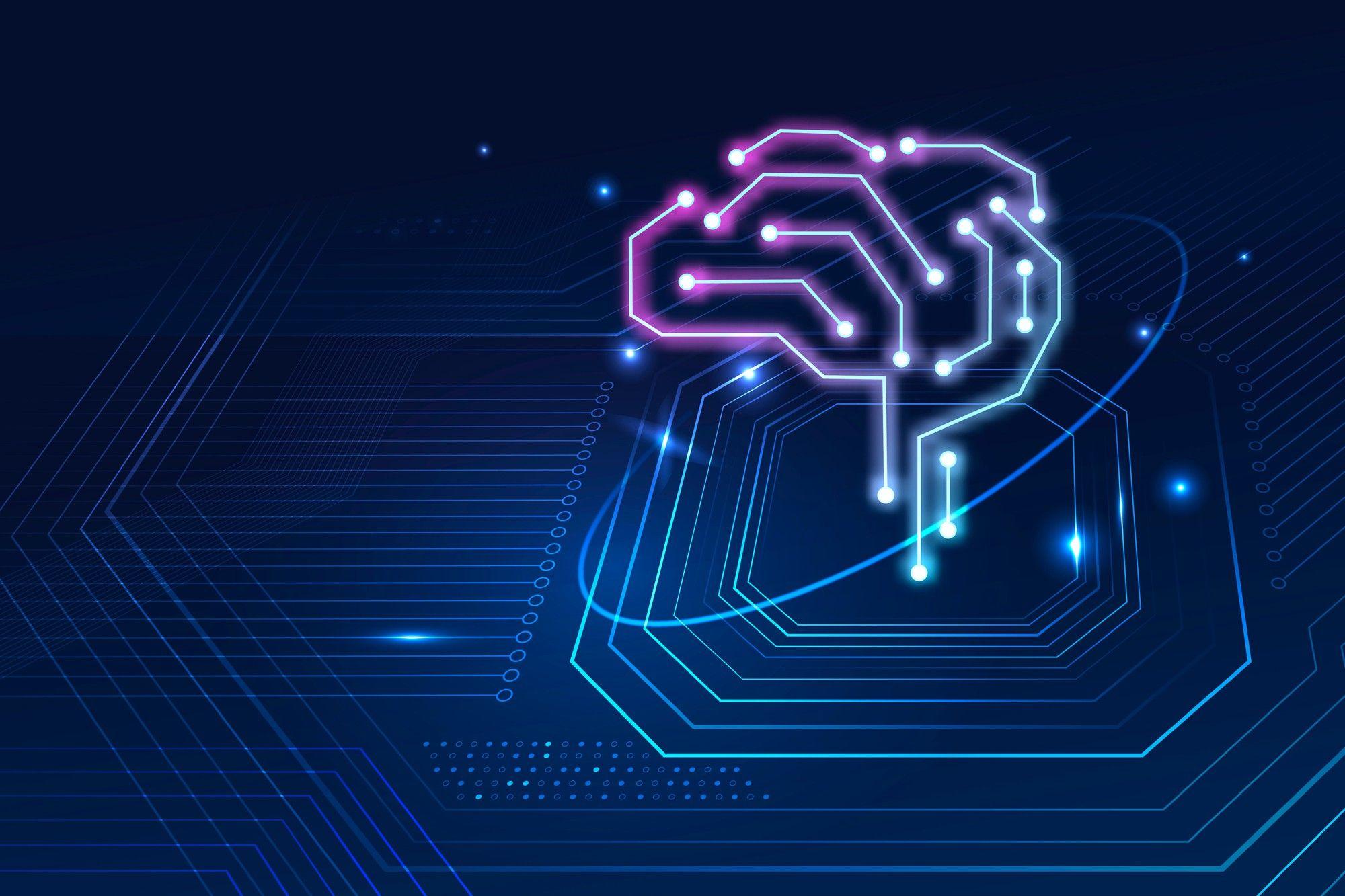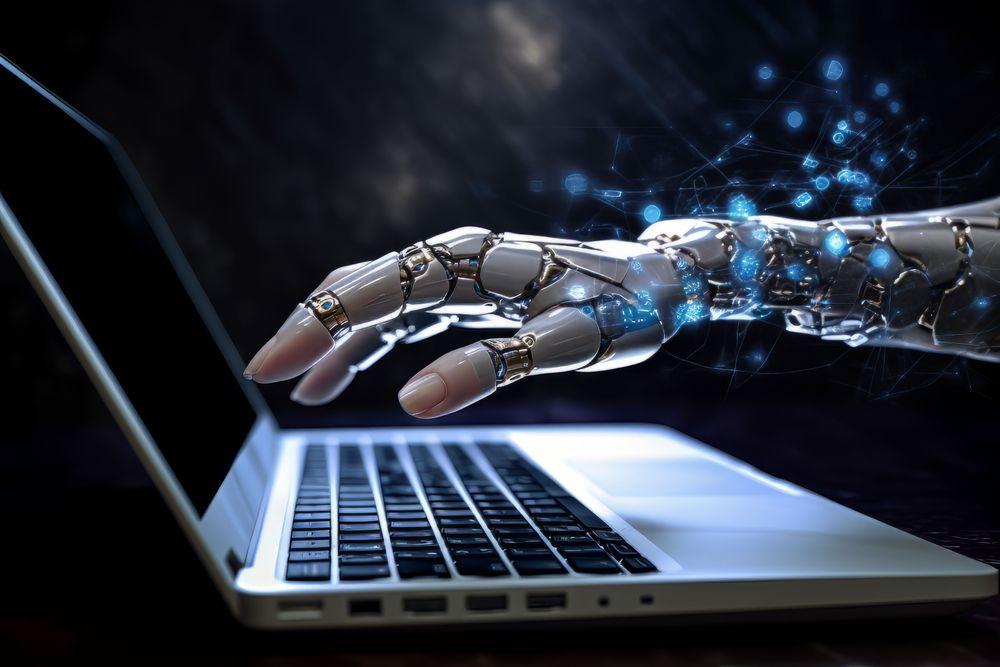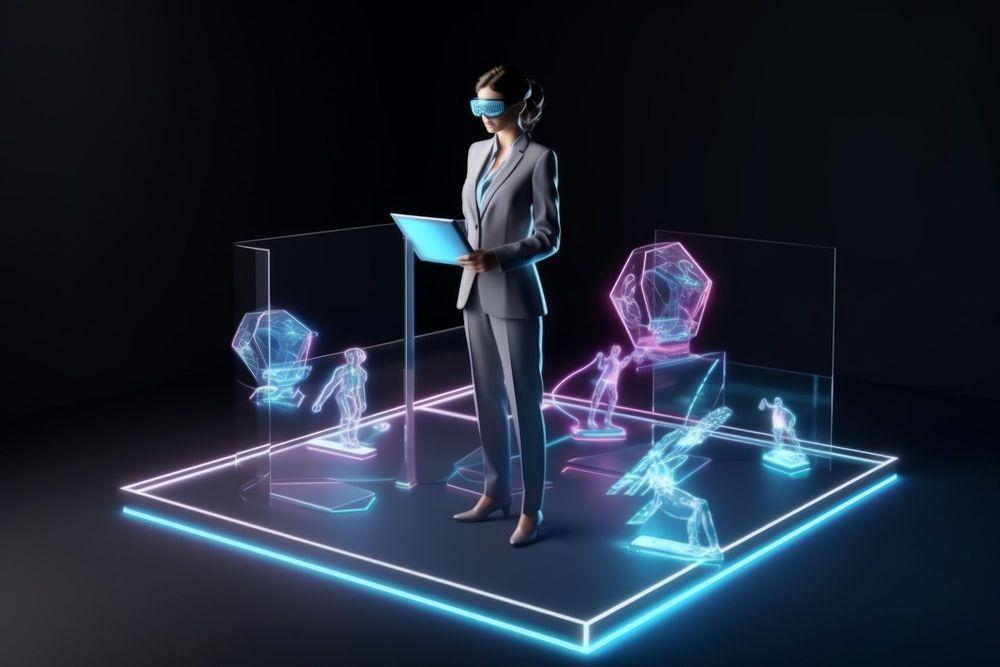
Explore how the powerful combination of Artificial Intelligence (AI) and Digital Twin technology is transforming industries by enabling real-time monitoring, predictive analytics, optimization, and simulations. From revolutionizing manufacturing processes and advancing personalized healthcare to building smarter cities and enhancing energy management, this blog delves into diverse applications, challenges, and emerging trends. Discover how these technologies are shaping the future of innovation, improving efficiency, reducing costs, and paving the way for sustainable growth across multiple sectors.
The technological revolution has brought forward remarkable advancements that continue to reshape industries. Among these innovations, Artificial Intelligence (AI) and Digital Twins stand out as two transformative forces driving efficiency, innovation, and new possibilities. Together, these technologies create a powerful synergy, enabling businesses to optimize processes, enhance decision-making, and unlock previously unattainable insights.
A Digital Twin is a virtual replica of a physical object, process, or system, mirroring real-world entities through data collected from sensors and IoT devices. This data-driven model allows for simulations, analysis, and performance optimization without altering the original system. Digital Twins consist of the physical entity, a digital representation built with real-time data, and a data connection that ensures synchronization. While the concept originated in the early 2000s, advancements in IoT and AI have expanded their potential from mere representations to powerful tools for decision-making and innovation.
AI transforms Digital Twins into intelligent systems capable of processing vast data volumes, uncovering patterns, detecting anomalies, and driving real-time optimization. AI-powered Digital Twins enhance decision-making through predictive maintenance, identifying potential failures before they occur, reducing downtime, and improving reliability. They enable businesses to test scenarios in virtual environments, assess outcomes, and implement solutions with reduced risk. By merging AI with Digital Twins, organizations gain access to tools that enhance performance, streamline operations, and accelerate innovation.
In manufacturing, these technologies optimize production processes, reduce waste, and enhance product quality. In healthcare, they enable personalized medicine and predictive health monitoring. Smart cities benefit from optimized traffic flow, resource management, and energy efficiency. The energy sector uses them for predictive maintenance, sustainable power management, and cost reduction, while transportation and logistics leverage them for operational efficiency, route optimization, and supply chain enhancement. From replicating complex industrial systems to advancing personalized healthcare solutions, AI and Digital Twins are revolutionizing processes across multiple domains.

Despite their immense potential, challenges remain. Data integration from diverse sources is complex but vital for accuracy. Security concerns arise with real-time data exchange, demanding robust protection measures. High initial costs and infrastructure investments can be prohibitive. Ethical considerations, including data usage and the potential impact on jobs, require transparent policies.
As AI-powered Digital Twins become integral to industries, ethical and social considerations come into sharper focus. These technologies depend heavily on data collection, which raises concerns about privacy and surveillance, particularly in sectors like healthcare and smart cities where sensitive information is handled. The potential misuse of Digital Twin models, such as for unauthorized predictions or manipulation, further emphasizes the need for stringent regulations. Additionally, as businesses automate processes and rely on AI-driven insights, the workforce may face displacement challenges, requiring upskilling and policies to mitigate socioeconomic disruptions. Addressing these implications with transparency and accountability is crucial to ensure that the benefits of Digital Twins are equitable and responsibly harnessed.
The future of AI and Digital Twins is filled with promise. Wider adoption across industries will drive accessibility, while advancements in AI will enhance their functionality. Integration with technologies like blockchain and 5G will improve connectivity and security. These technologies are poised to support sustainability goals by reducing waste, conserving energy, and driving green initiatives. Collaboration between human expertise and AI-driven insights will lead to smarter decision-making and innovative solutions, paving the way for a more sustainable and innovative future.

The combination of AI and Digital Twins is a game-changer for industries, offering unprecedented opportunities for optimization, innovation, and sustainability. By leveraging real-time data and intelligent analytics, businesses can make smarter decisions, enhance efficiency, and reduce risks. From manufacturing and healthcare to smart cities and logistics, the applications are vast and transformative.
While challenges such as data integration, security, and ethical considerations remain, the future of AI and Digital Twins is bright. As these technologies evolve, they will continue to redefine how we solve problems and build a more innovative and sustainable world. Embracing this powerful combination today sets the stage for a brighter tomorrow.
Contact Us today for a consultation. Together, we can tackle the challenges of RL and leverage its incredible potential for your business. Let us navigate the future of AI - together.

For further details on how your personal data will be processed and how your consent can be managed, refer to the Privacy Policy